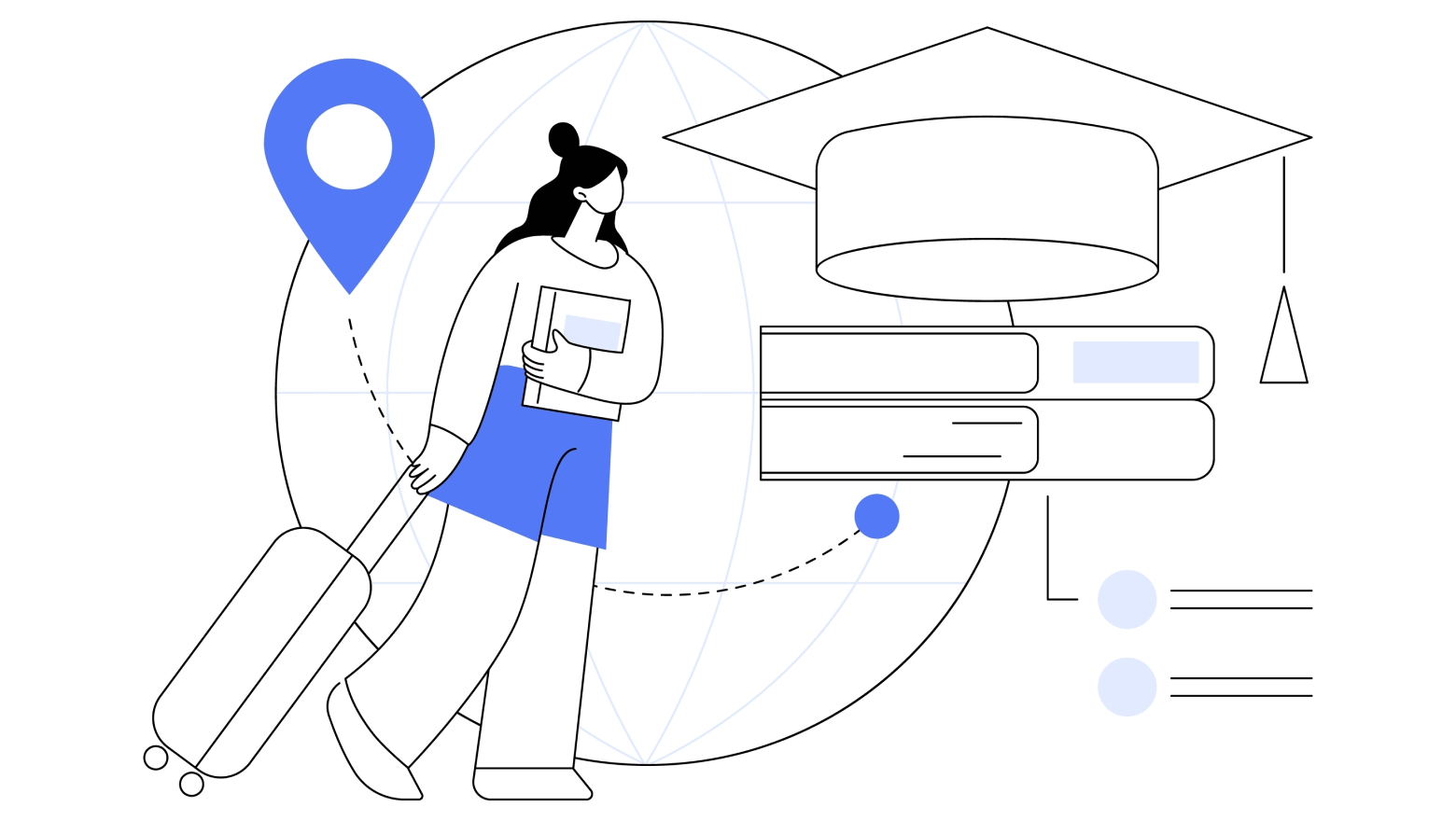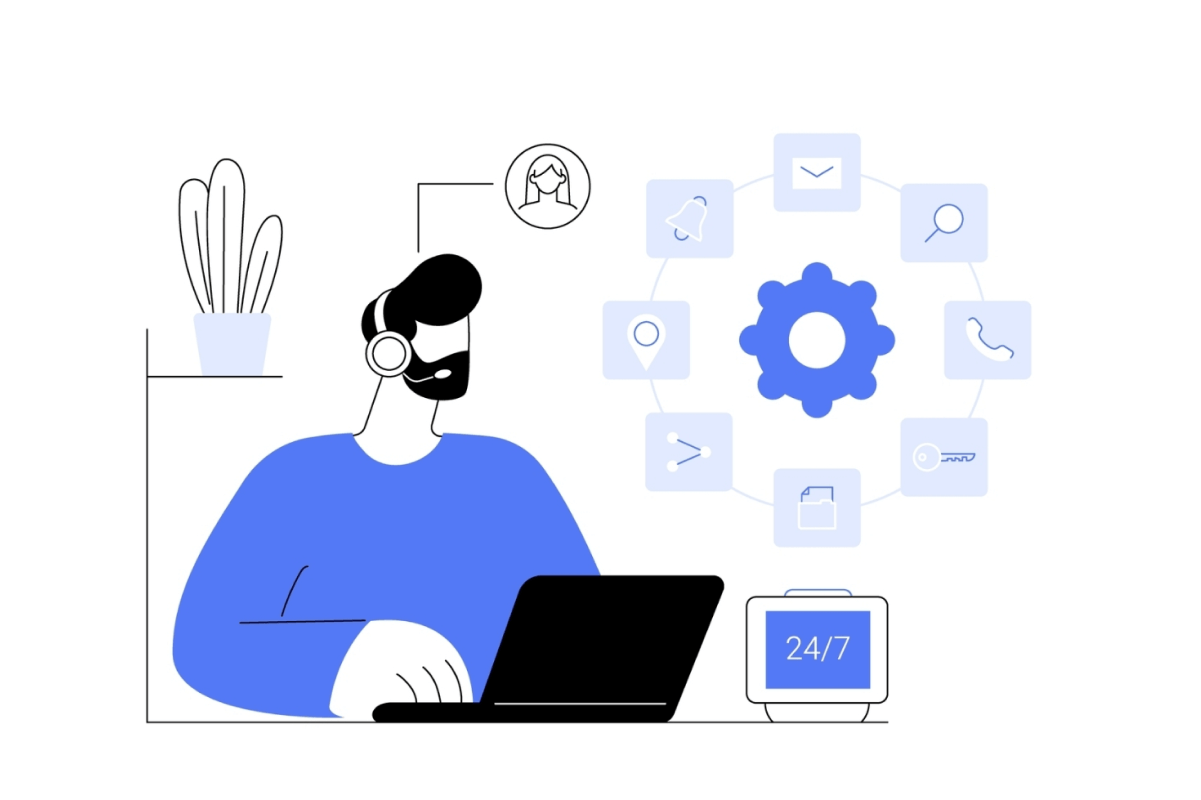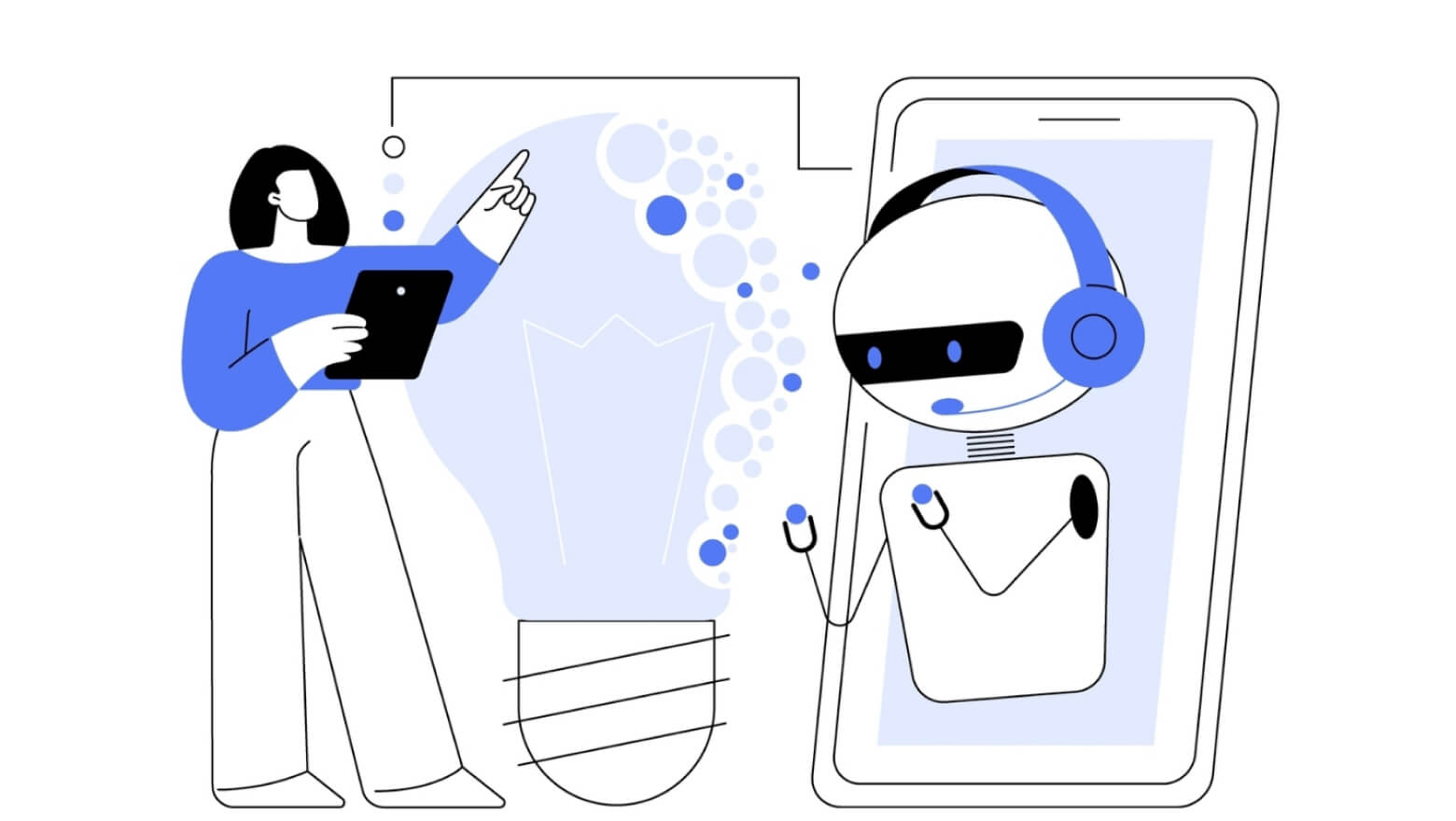According to UNESCO, more than 40% of the world's population does not have access to education in the language they speak. At the same time, the online education market is growing rapidly – it is projected to reach $7.8 trillion by 2025.
In this environment, machine translation is transforming from an auxiliary tool to a key technology that can overcome language barriers in education. Modern machine translation systems, such as Lingvanex Machine Translation Software, allow instant translation of educational materials, subtitles to video lectures, and communication on forums with foreign students.
Today we will consider the possibilities and prospects of machine translation applications in education and e-learning.

The Importance of Multilingual Education and E-Learning
Multilingual education and e-learning are on the rise, offering unique opportunities for students around the world. Machine translation is becoming a key tool that opens up access to knowledge for people who speak different languages.
Globalization and Education
Globalization is making major changes in the education system. More and more students from different countries are studying at international universities or online platforms.
In 2023, the number of international students in the U.S. has surpassed 1 million, showing a 12% increase from the previous year. This is the highest rate in the last 40 years.
Multilingual education is becoming a necessity for effective learning and interaction between students. Machine translation helps to overcome language barriers by making learning materials accessible to all.
E-Learning Trends
E-learning is growing rapidly, providing access to educational resources to people from all over the world. One of the key trends is to ensure that courses are accessible to non-native speakers of the target language.
For example, according to Coursera, in 2020, their platform already had 65 million registered users from over 190 countries, over 50% of whom are non-native English speakers.
Multilingual courseware is customized for different language groups, providing equal opportunities for all learners. This is especially important in an environment where English dominates online education, while many students prefer to learn in their native language.
Challenges in Multilingual Education
Multilingual education poses several unique challenges that can significantly affect learning.
- Language barriers. When people speaking different languages come together in the same classroom, there is a risk of misunderstanding and communication breakdowns. This can be a great obstacle to quality education.
- Financial issue. Training qualified personnel and developing educational materials in several languages is an expensive endeavor. It is a strain on the budgets of educational institutions and entire nations.
- Lack of localized content. While English is the language of international communication and most scientific publications are published in it, not all students and teachers have a sufficient grasp of the language. The lack of translated textbooks can be a serious barrier for those who seek a quality education but do not have the opportunity to read in foreign languages.
The application of Lingvanex Machine Translation Software in Education
Lingvanex Machine Translation Software is an innovative machine translation program that provides fast and accurate translation of texts in different languages. Due to its flexibility and integration capabilities, Lingvanex is widely used in education.
- Classroom Integration
Lingvanex enables real-time translation of lectures and learning materials, allowing students from different countries to learn in their own language. - Curriculum Development
With the Lingvanex Machine Translation Software for learning, textbooks, manuals, and supplementary materials can be translated into any language, making education accessible to students with different language skills. - Assessment and Feedback
Teachers can use the program to translate feedback and comments on students' work, allowing them to provide detailed and understandable guidance regardless of the language of instruction. - E-Learning Platforms
The integration of Lingvanex into e-learning platforms enables real-time translation of coursework, tests, and interactive content. This provides a level playing field for all students, regardless of their language skills, and makes learning more accessible and effective. - Research and Collaboration
Lingvanex can also be a valuable tool for international research collaboration. The program allows researchers to access academic articles and publications in foreign languages, which enhances opportunities for knowledge sharing and collaboration on research projects.
Benefits of Machine Translation in Education and E-Learning
Machine translation is breaking new ground in education and e-learning. Let's take a look at the key benefits of this innovation:
- Accessibility
With solutions such as Lingvanex Machine Translator, educational institutions can easily translate lectures, learning materials, and other educational content into different languages, allowing students from different countries to learn in their own language. - Cost-Effectiveness
The use of local machine translation solutions can be more cost-effective in the long run compared to human translation services. Although the initial cost of implementing a machine translation system may be higher, over the long term it can result in significant cost savings, especially for institutions with a large number of international students. - Customization for Curriculum
Each university uses materials and curricula with its own specific terminology. Lingvanex solutions allow you to customize translations to these specifics, making educational content more understandable and relevant to international students. - Data Privacy and Security
The use of local machine translation solutions provides a high level of privacy and data security. In education, protecting the personal information of students and teachers is a priority. Lingvanex allows educational institutions to have full control over the translation process and data storage, reducing the risk of sensitive information leaks.
Future Trends
The integration of advanced artificial intelligence algorithms is not only improving the accuracy of translations but also redefining the way we interact with language. In the future, machine translation will become an integral part of our everyday experience, adapting to context and user needs in real-time.
- Increased accuracy and contextual understanding
By integrating advanced artificial intelligence algorithms into local translation systems, quality will be taken to the next level. Neural networks will learn to pick up subtle linguistic nuances and adapt the translation to the style and subject matter of the text. - Real-time adaptation
Thanks to machine learning, local translators will be able to adapt to the linguistic features of a particular user right at the time of use. By analyzing a person's corrections and preferences, the system will adjust algorithms in real time to their style and needs. - Personalized learning experience
AI technologies will enable the creation of customized translation models optimized for specific tasks and knowledge domains. The system will take into account the specific terminology, jargon, and corporate vocabulary characteristics of the user's particular field. - Support for multiple dialects and languages
Intelligent models will be able to take into account regional pronunciation, grammar, and vocabulary, providing accurate translation for speakers of different linguistic traditions. This will open access to multilingual content for millions of people and help preserve linguistic diversity in an era of globalization.
Conclusion
Artificial intelligence and machine learning are revolutionizing education by breaking down the boundaries between languages and cultures. AI-powered local translation systems are becoming not just a tool, but a valuable companion in the learning process.
Imagine the university classroom of the future, where students from around the world listen to a lecture in their native language, and their questions and comments are instantly translated for the teacher. Or an online platform that tailors courses to your language level, specialty, and even cultural background. All of this is made possible with solutions like Lingvanex Machine Translation Software.
Of course, the transition to AI translation in education is not just a technological challenge, but also an ethical challenge. We will have to find a balance between efficiency and personalization, between global reach and local adaptation. But one thing is certain, the future of education will be multilingual, multicultural and truly inclusive. And AI-powered local machine translation will be our trusted guide to this wondrous new world of knowledge.




